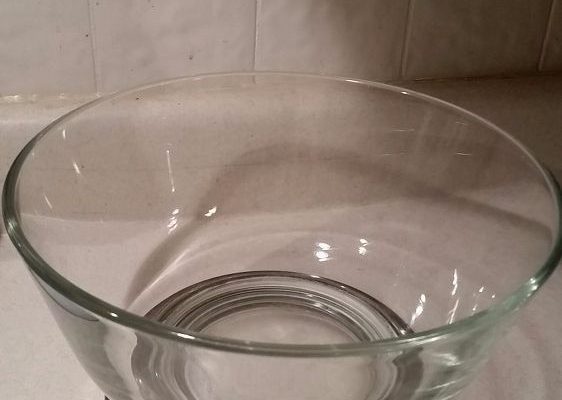How to Make Glass

Introduction
Glass is a ubiquitous material that we come across in our everyday lives, be it in the form of windows, bottles, or decorative items. Its versatility, durability, and beauty make it an essential commodity in modern times. But have you ever wondered how glass is made? In this article, we will unravel the process of making glass and understand its underlying principles.
Ingredients for Glass Making
The primary ingredient for making glass is silica, which typically comes from sand. In addition to silica, other materials like soda (sodium carbonate) and lime (calcium oxide) are added to lower the melting point of silica and improve its properties. These three primary components form the basis of what is known as soda-lime glass.
Steps to Making Glass
1. 1. Melting: The raw materials are combined and heated to high temperatures (between 1700-2000°C) in a furnace until they melt and become molten. This molten state allows the raw materials to blend together and form a homogeneous mix called molten glass.
1.2. Refining: The molten glass is left to swirl and settle in the refining stage, which allows for any air bubbles or impurities in the mixture to rise to the surface. This process ensures that the final product is free from flaws that may impact its strength or transparency.
1.3. Shaping: Once the refining stage is complete, the molten glass is ready to be formed into desired shapes. Glass can be shaped through various methods such as blowing, casting, pressing, or rolling depending on the desired outcome.
– Blowing: In glass blowing, a small amount of molten glass is gathered on a blowpipe, and air is blown into it while simultaneously heating and shaping it by rolling on a smooth surface or using specialized tools.
– Casting: The casting process involves pouring molten glass into pre-made molds and allowing it to cool and solidify into the desired shape.
– Pressing: This technique is commonly used for mass production of items like glassware. Molten glass is poured into a mold, and a plunger presses it down to form the shape.
– Rolling: In glass rolling, molten glass is fed between large rollers that flatten and shape it into sheets. As the sheet cools, it is scored and then broken along the score lines to create flat glass panes.
4. Annealing: After shaping, the formed glass goes through an annealing process where it is gradually cooled in an annealing oven or kiln. This controlled cooling helps relieve internal stresses that may have formed during heating and shaping, preventing potential breakage or cracks.
5. Quality Control & Finishing: The final products are inspected for any defects or imperfections. Once they’ve passed quality control, they undergo any necessary polishing, cutting, or grinding before they are ready for shipping and use.
Conclusion
The art of making glass has evolved over thousands of years. Today’s sophisticated techniques enable manufacturers to produce an array of glass products with varying degrees of complexity and design. By understanding the underlying principles of glassmaking, we can appreciate the beauty and utility of this versatile material in our everyday lives.






